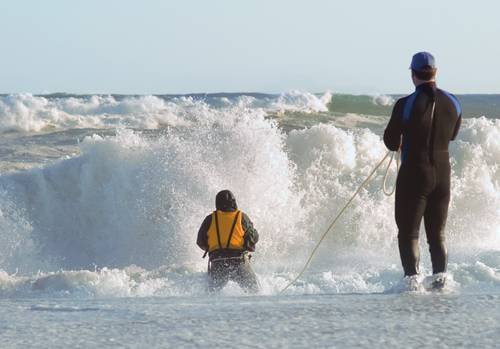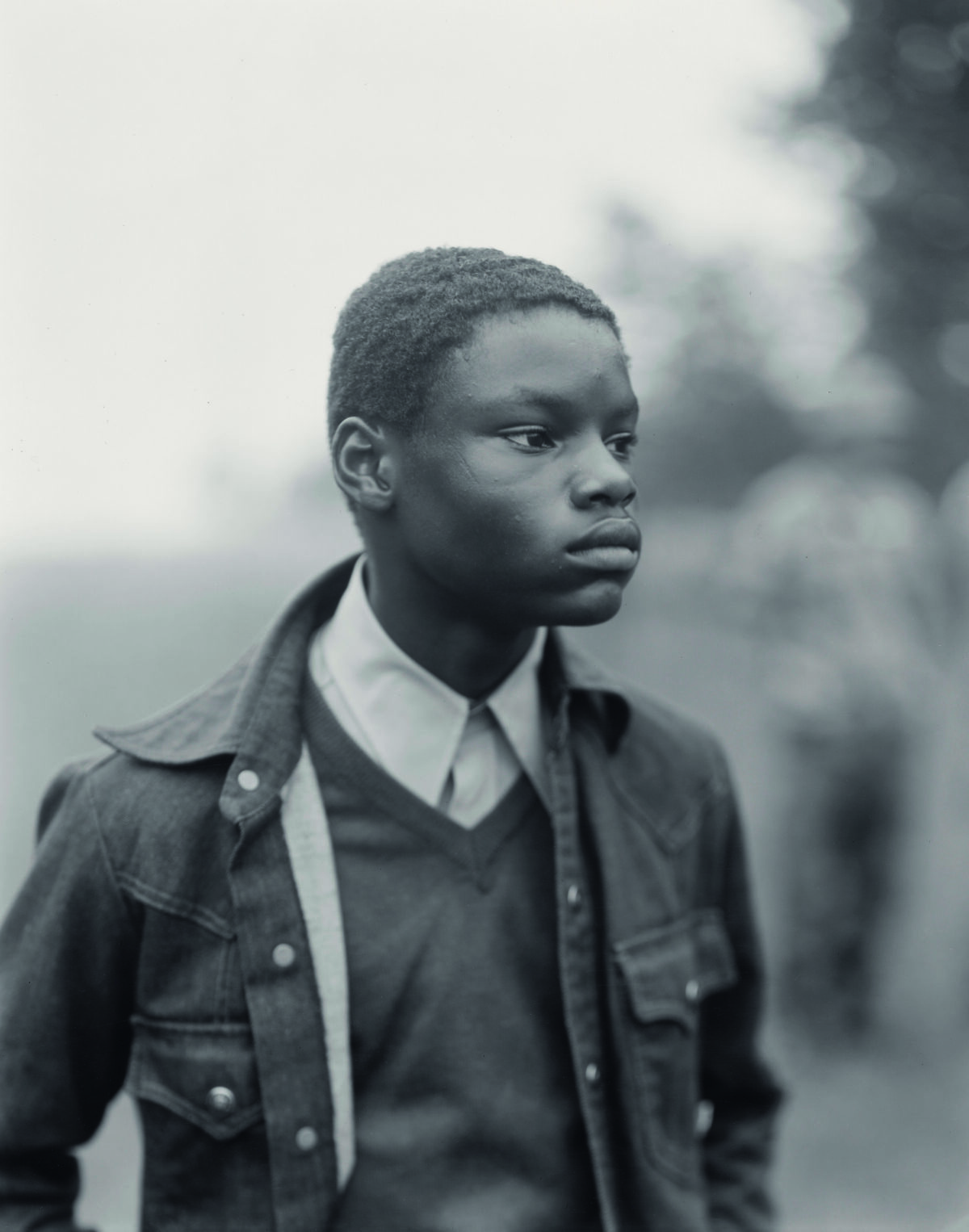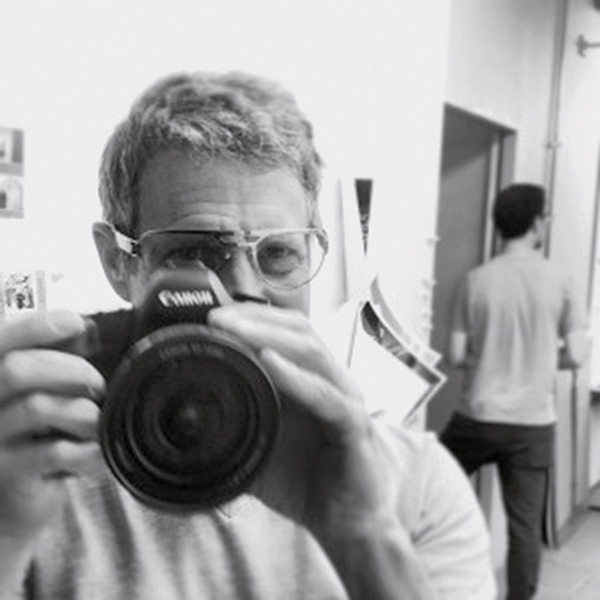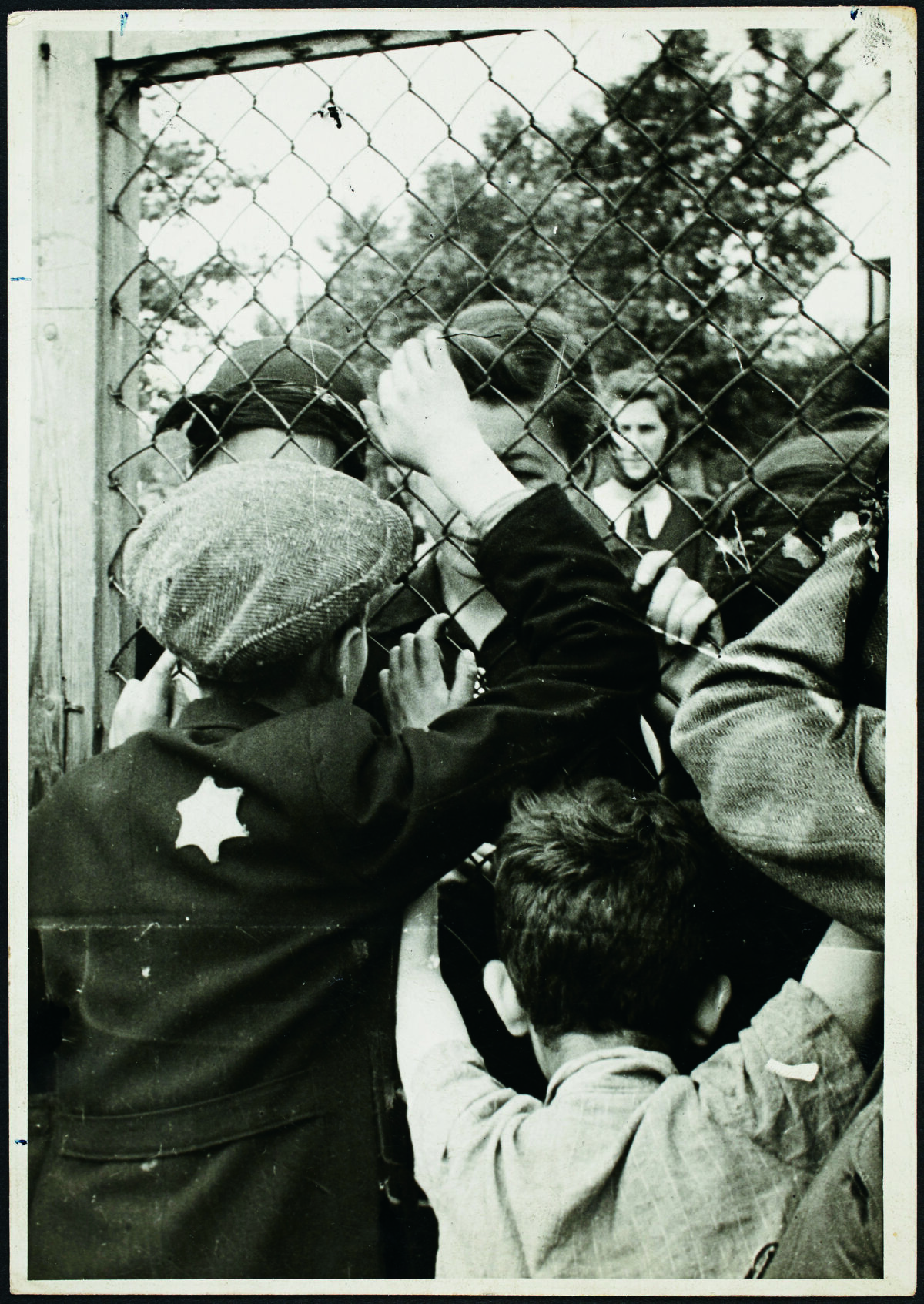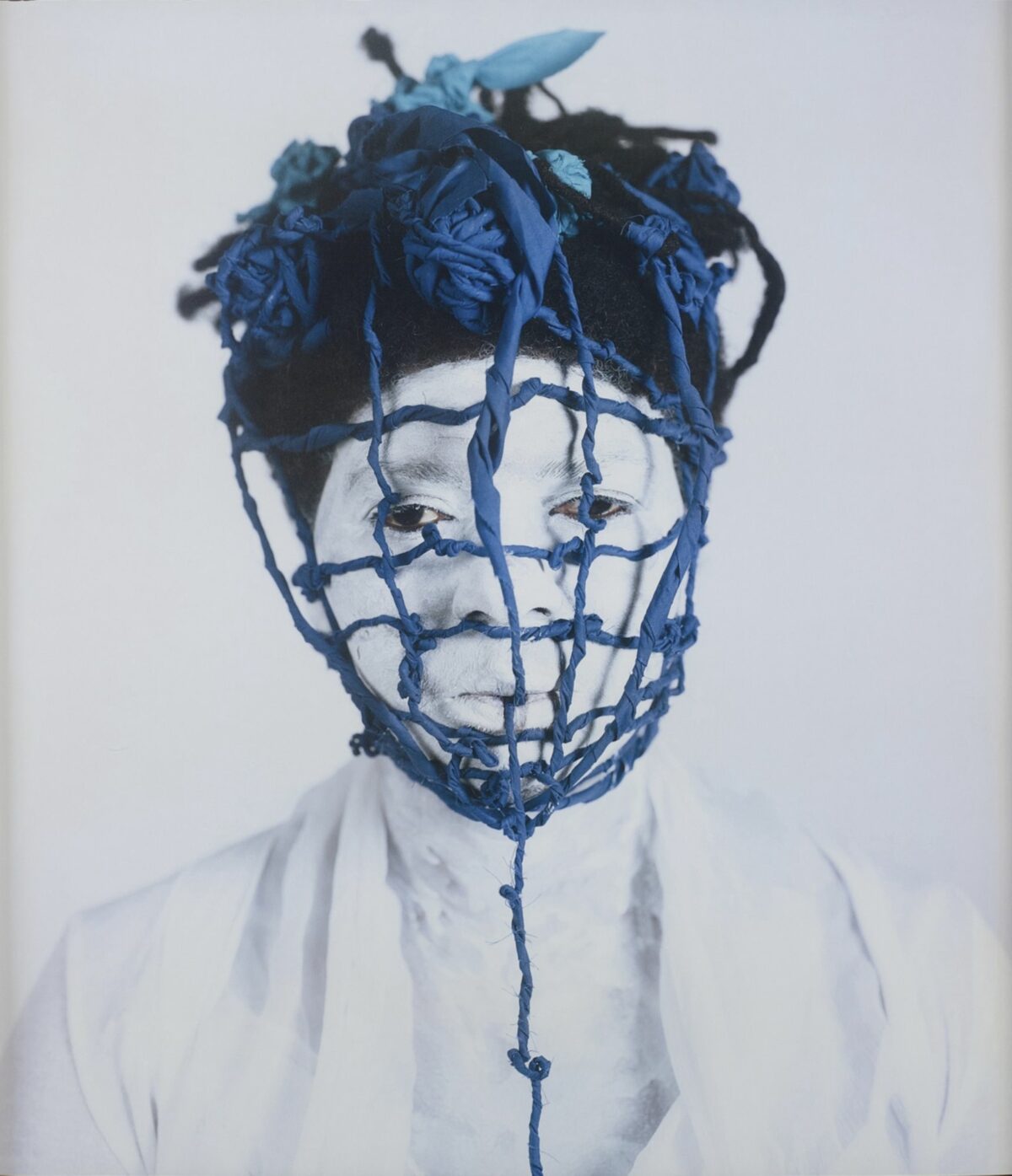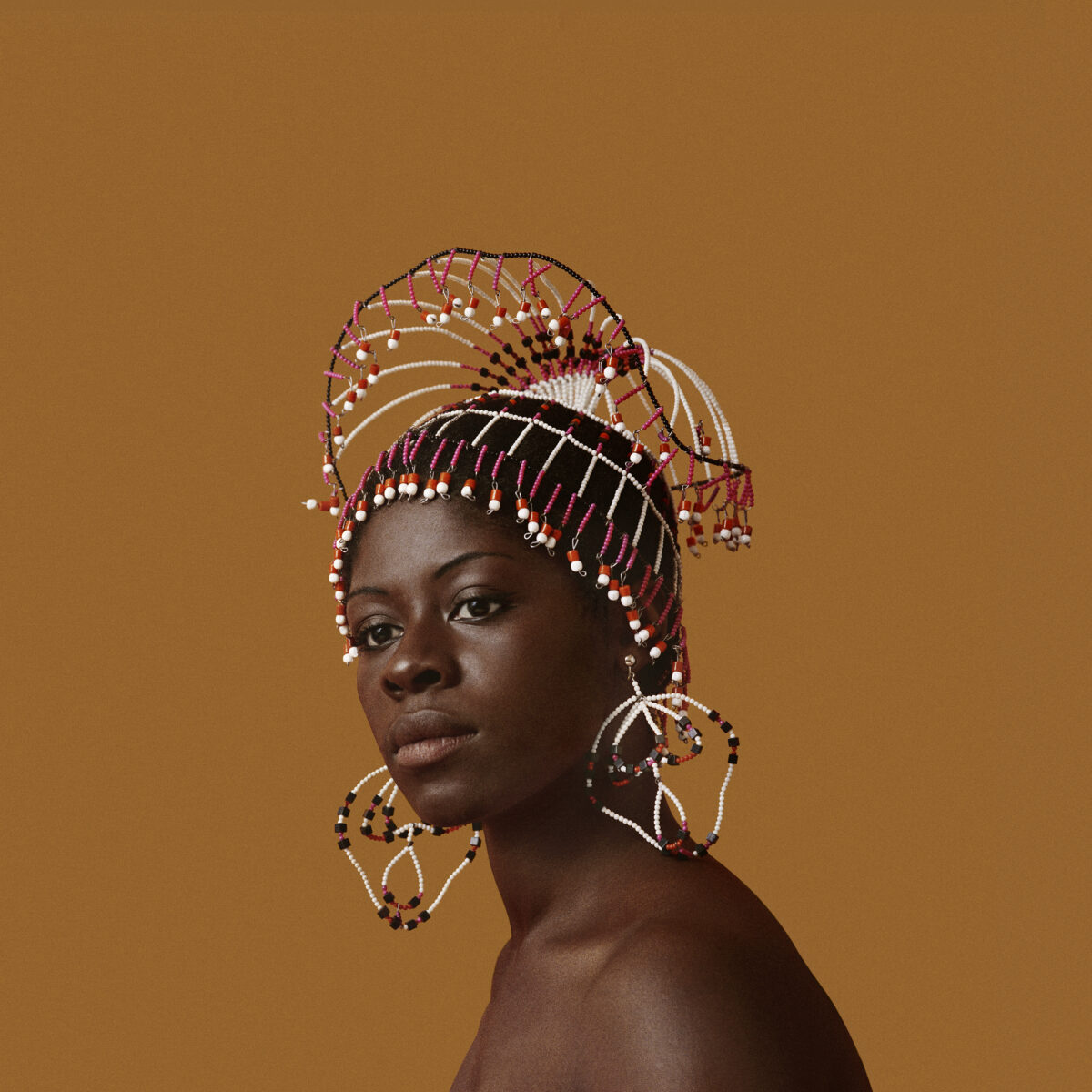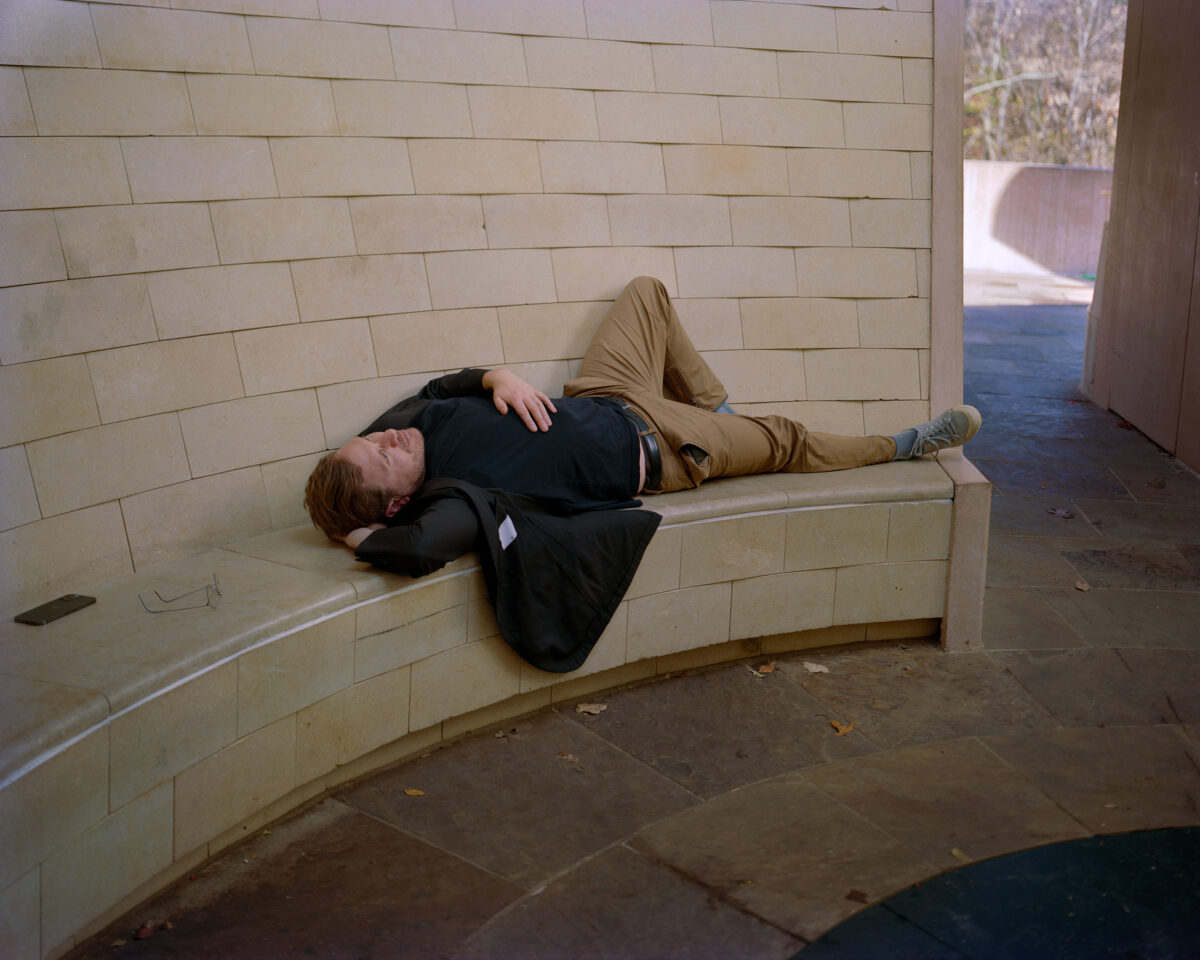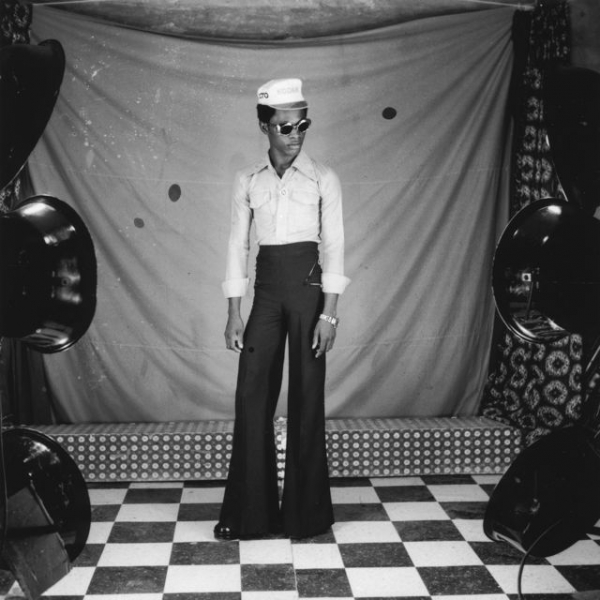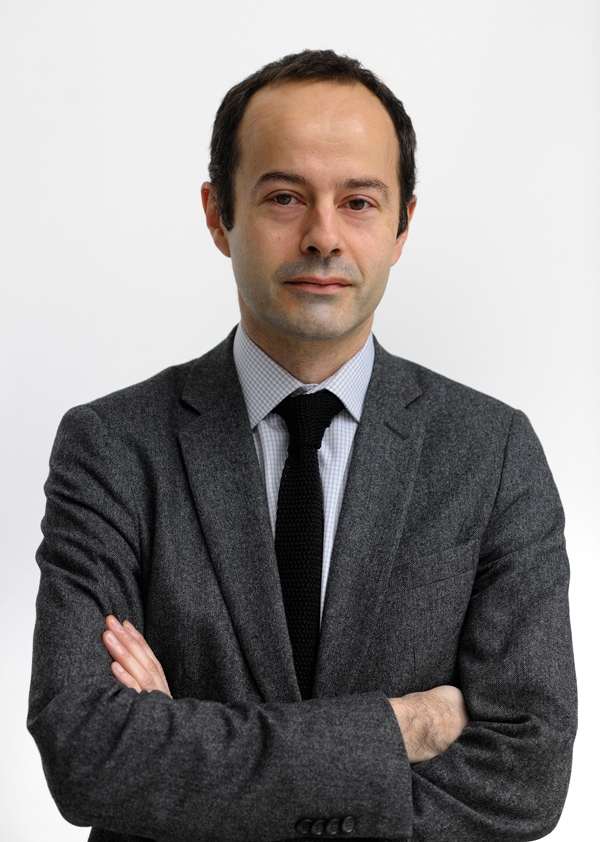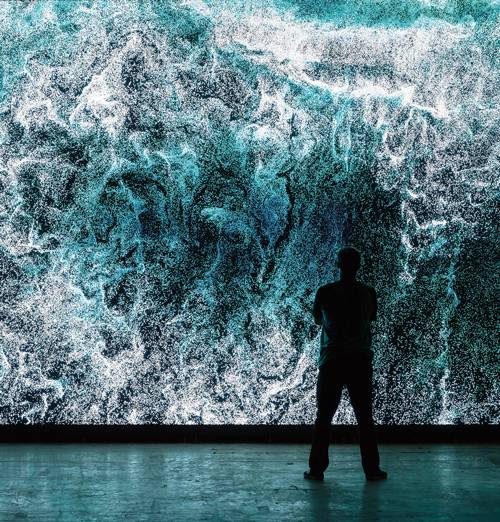

“You have just stepped into the sorcerer’s workshop,” says Terrie Sultan, director of the Parrish Art Museum. We’re standing on the ground floor of the West Village, three-story studio of the multimedia artist Clifford Ross, who stands nearby, dressed in black, grinning.
All around us – and on the floors above and below us – are samples of Ross’s magic, versions of which will soon be casting their spell on the Parrish. From July 16 to October 15, Ross will be featured as part of the Parrish’s Platform Series, an ongoing initiative that invites a single artist to consider the entire museum as a site for mounting work. Ross has gleefully taken advantage of the opportunity, bringing works to the museum that are massive in scale and displaying them in locations that are impossible to ignore.


Not surprising, perhaps, for an artist whose signature subject matter is extreme by nature. Ross, the nephew of the painter Helen Frankenthaler, began his artistic career as a painter and sculptor. But in 1996, when he embarked on his Hurricane Waves series, he became known as a photographer. Over the years, tethered to an assistant on shore, he’s entered the ocean on a stretch of beach in the Hamptons and photographed the impressive waves that come ashore during heavy storms.
For his Waves on Wood series, Ross used a commercial ink-jet printer to reproduce six of those photographs on maple veneer. Each work is a triptych, ultimately measuring 12 x 18 feet. Upstairs, Ross shows early versions of the work that will adorn the walls of the museum on Long Island’s East End. “I get hungry for touch. The wood is a very physical thing,” he says, running his hand over the grain.
Ross’s appreciation of the tactile is just one of the things that makes him, as he puts it, “an old-fashioned guy.” Nonetheless, Ross says, he’s been “reluctantly pulled into the digital world.” There’s abundant proof of that on the studio’s lower level, where a team of five designers sit behind computers, tinkering with the technology behind Ross’s work, Digital Waves, a virtual ocean made up of more than three million dots whose movement simulates an endless flow of waves.
At the Parrish, Digital Waves will appear on three large LED screens – one inside the museum, and two more, each measuring 50 feet wide, on an outside wall facing the highway. Though there’s no audio accompanying the crashing digital waves, Ross hopes sight alone will give passing drivers a powerful experience of the ocean. “Our prayer is people will hear it by looking,” Ross says.
